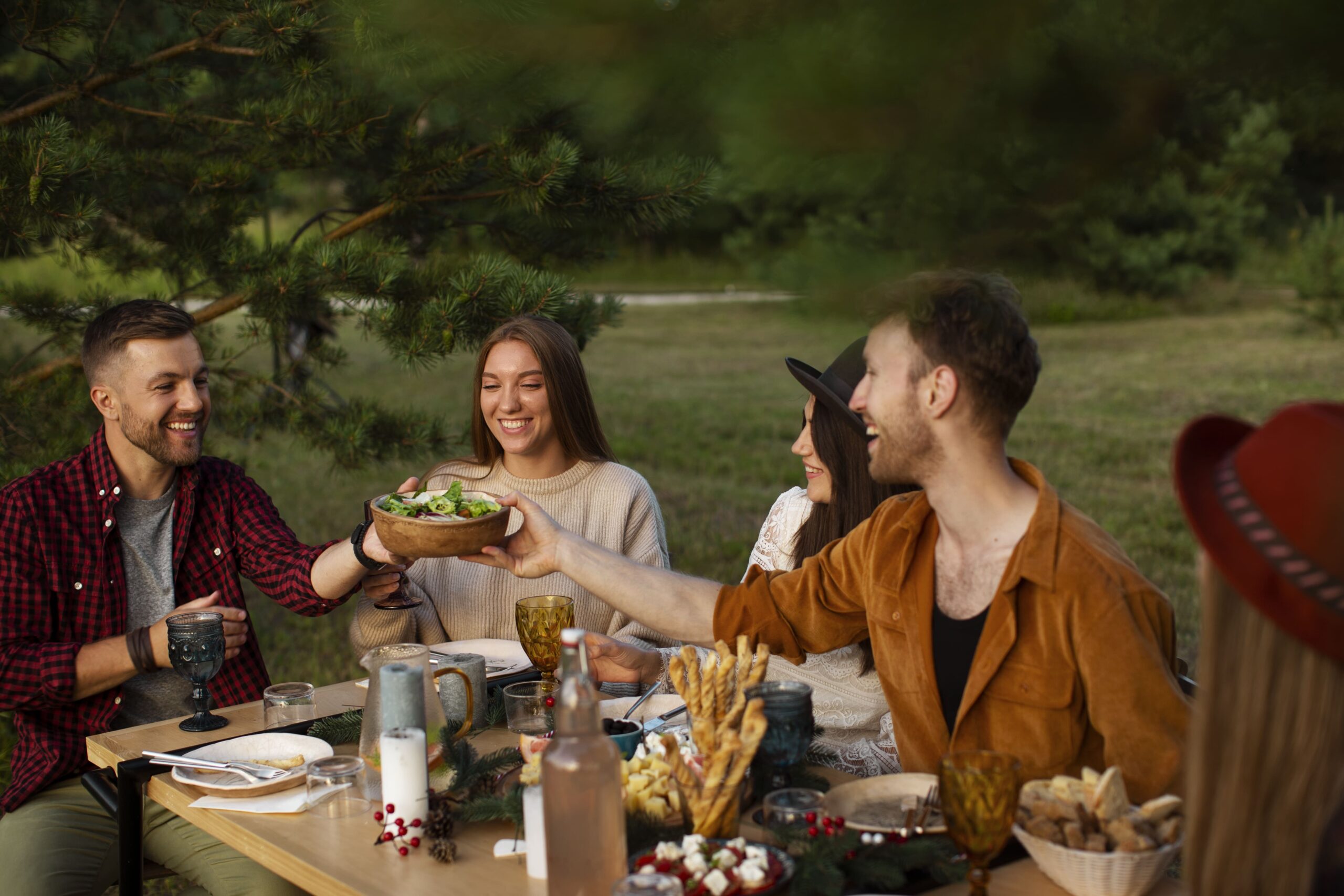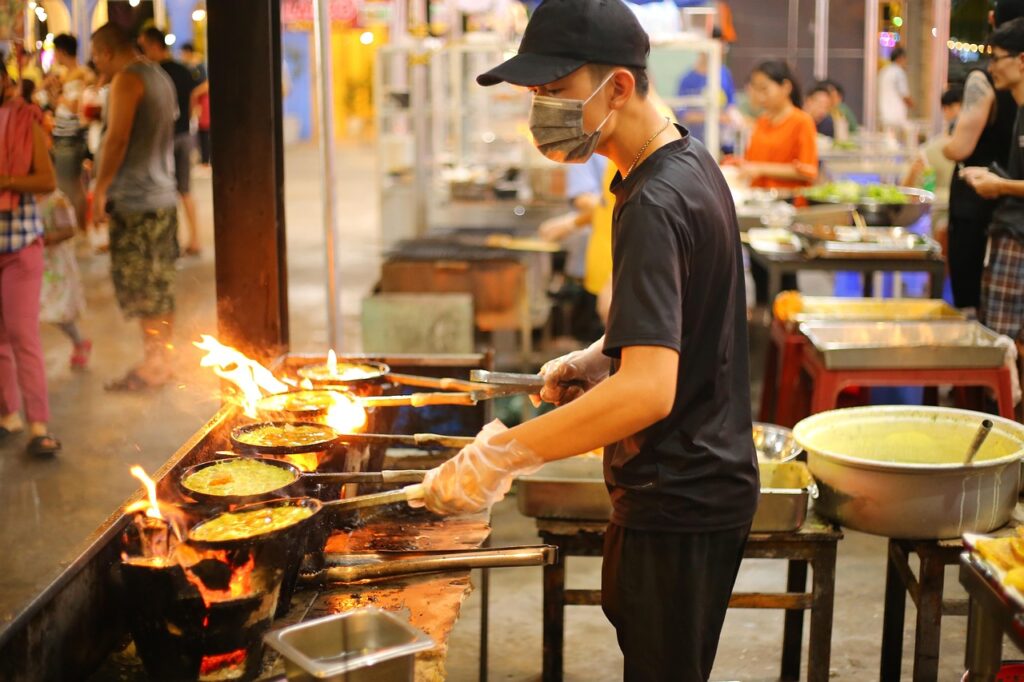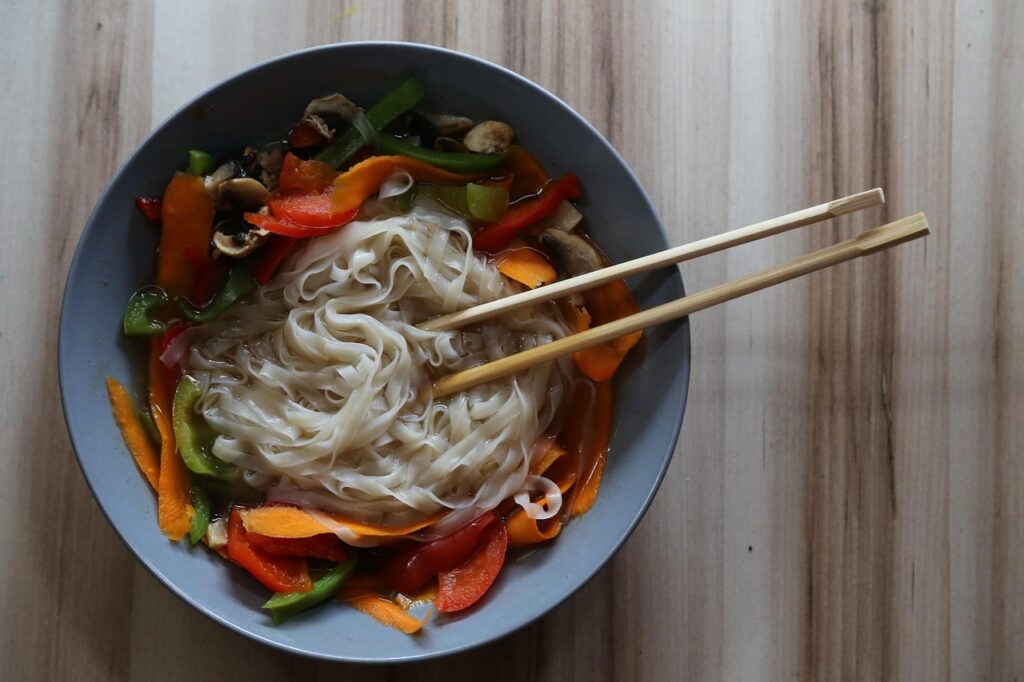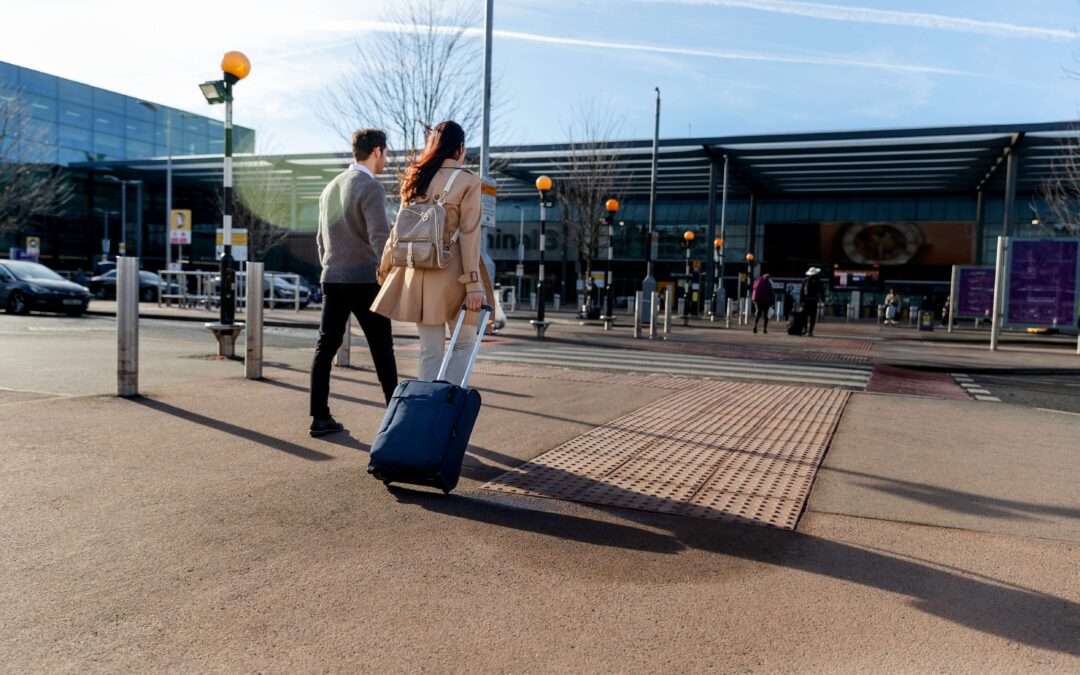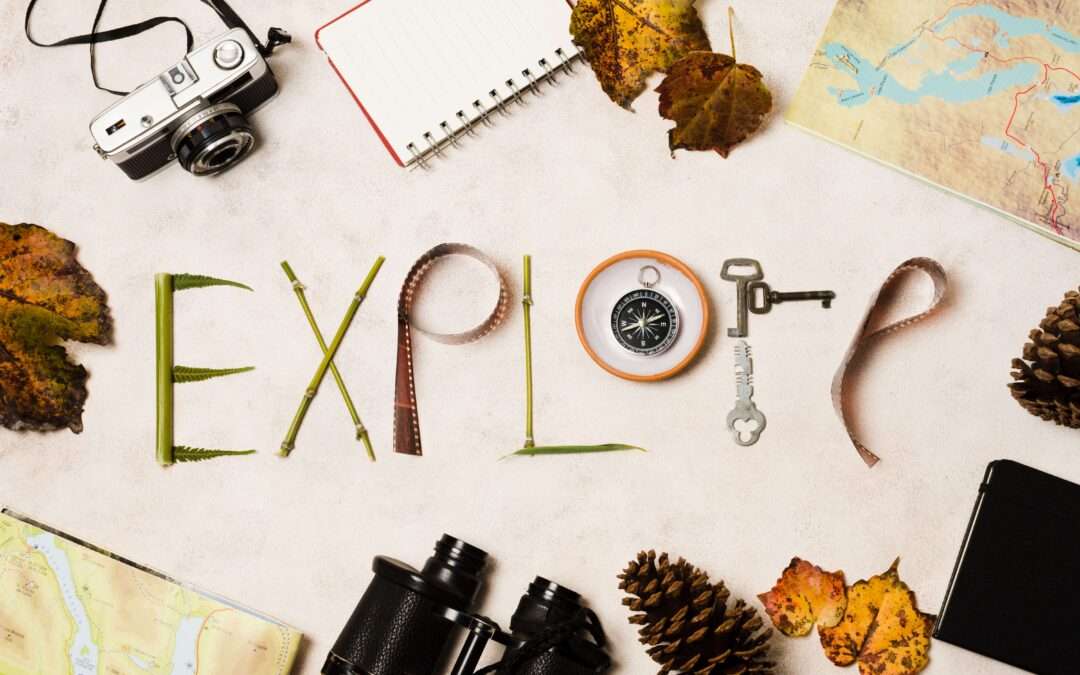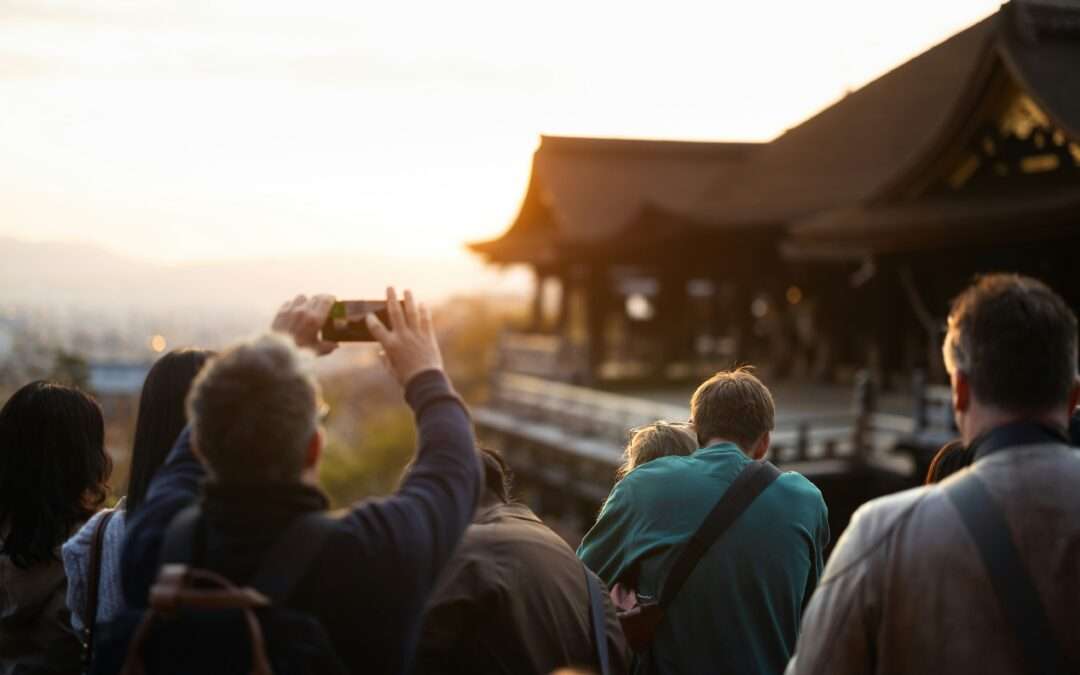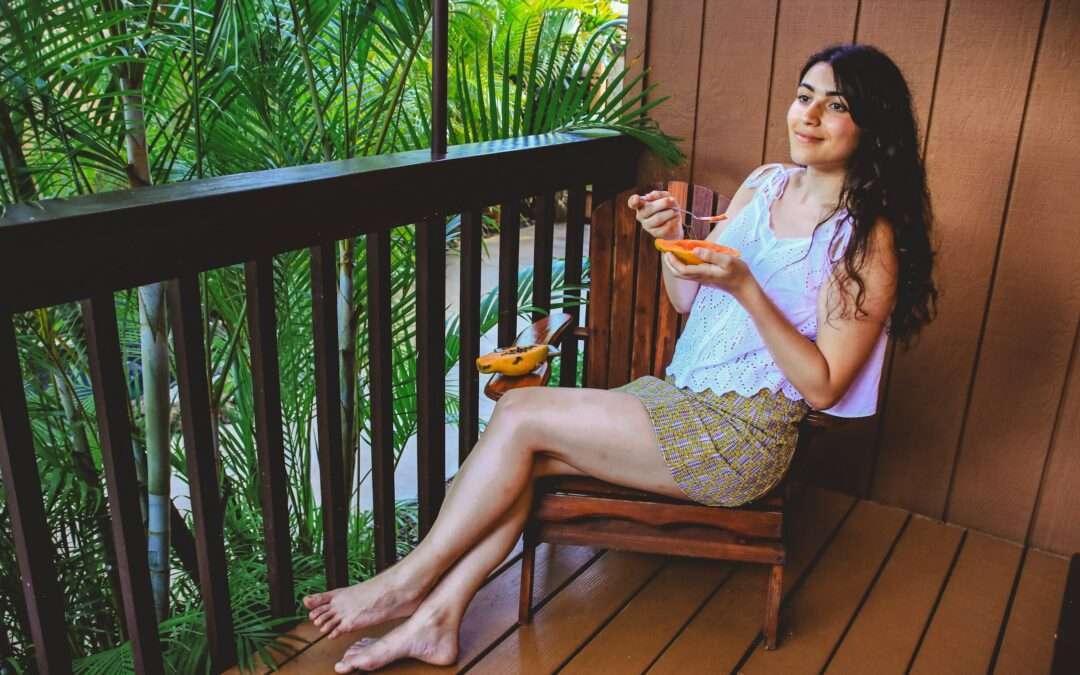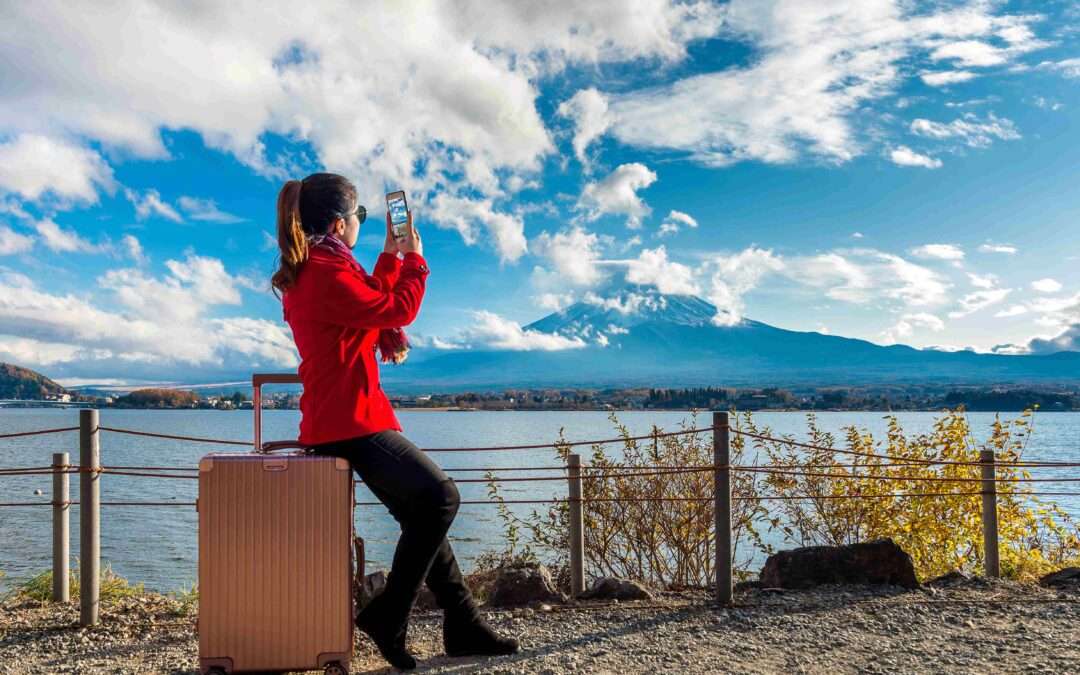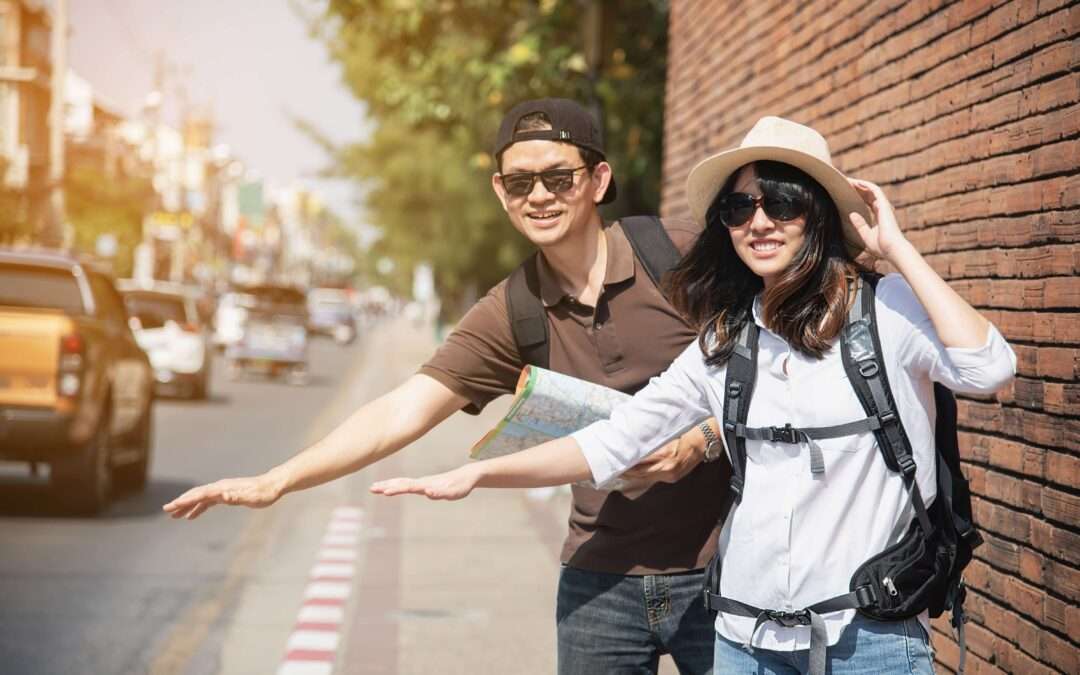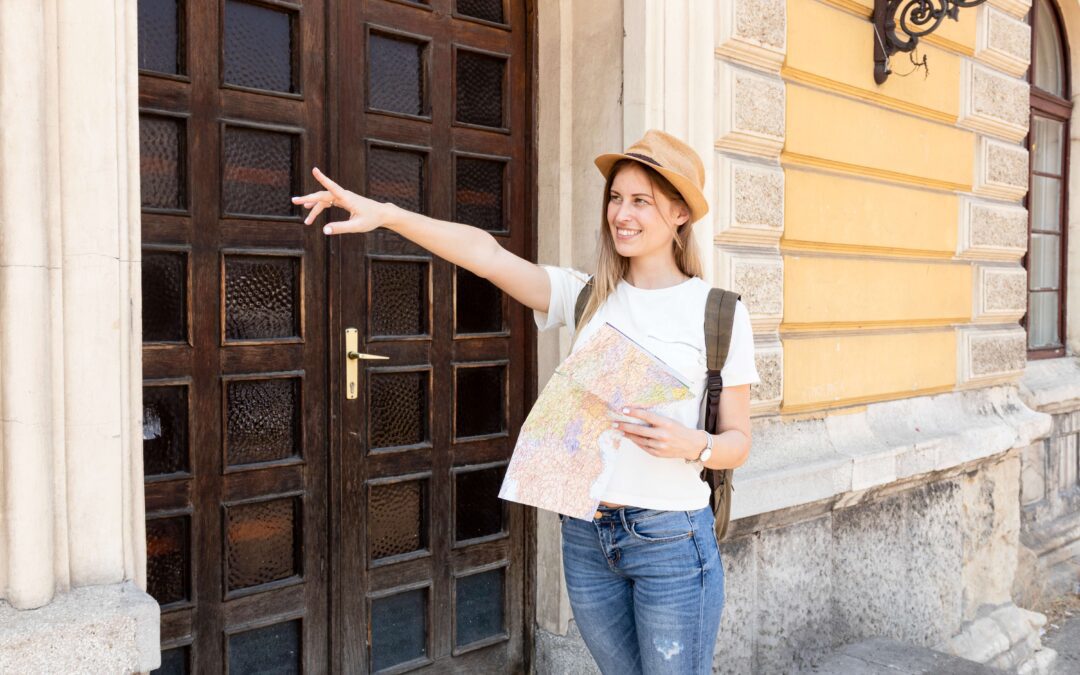🍛 How to Find Local Food That’s Actually Worth Trying
If a restaurant has a 12-page menu in five languages, it’s probably not where locals are eating. Real gems are usually modest-looking places with limited menus, long lines, and lots of locals at the tables.
Smart ways to find authentic spots:
- Ask taxi drivers, hostel staff, or vendors where they eat.
- Use Google Maps or Yelp, but filter by language reviews written by locals are a better guide than tourist ratings.
- Visit local food markets where you can try fresh dishes made on the spot.
- Walk a few blocks away from tourist hotspots you’ll often find better prices and more authentic food.
🥡 Street Food: Delicious or Dangerous?
Street food can be the highlight of your trip, but only if it’s done right. In many places, it’s safe and incredibly tasty you just need to know what to look for.
Red flags to avoid:
- Food sitting under heat lamps or out in the open for hours.
- Raw or undercooked meat, seafood, or eggs.
- Vendors who handle money and food without washing hands.
Green lights to go:
- High turnover (meaning the food is freshly cooked and replaced often).
- Locals lining up (a great sign of trust and quality).
- Dishes made to order, right in front of you.
🌍 Dealing With Dietary Restrictions Abroad
Navigating allergies or special diets can feel daunting when you don’t speak the language but preparation makes it manageable.
Tips for safe eating:
- Use translation cards (printed or digital) that clearly list your allergies or dietary needs.
- Learn key food words and phrases in the local language like “peanut,” “gluten,” or “contains dairy.”
- When in doubt, stick to simple dishes you can visually inspect or that are made fresh to order.
Apps like Google Translate or Equal Eats can be lifesavers at restaurants and markets.
🤢 Avoiding Traveler’s Tummy
Let’s be honest everyone’s afraid of food poisoning while abroad. The good news? A few habits can lower your risk dramatically.
What to do:
- Drink bottled or purified water and brush your teeth with it, too.
- Skip raw veggies unless you washed them yourself.
- Only eat food that’s hot and freshly cooked lukewarm dishes are breeding grounds for bacteria.
- Bring a small emergency kit with anti-diarrheal medicine, rehydration salts, and charcoal capsules just in case.
🥙 Eating Like a Local on a Budget
Authentic food doesn’t have to break the bank. In fact, the best local meals are often the cheapest.
How to stretch your travel food budget:
- Eat where the locals eat: street stalls, lunchtime canteens, and night markets.
- Look for fixed-price lunch menus especially in Europe or Asia.
- Consider booking a local cooking class you’ll learn about the cuisine and eat a full meal.
Pro tip: Follow local food bloggers on Instagram or TikTok before your trip. They often uncover lesser-known spots that aren’t in guidebooks.
🍴 Final Thoughts
Eating like a local is more than just a meal it’s a cultural experience. With a little common sense and some preparation, you can enjoy unforgettable flavors while staying safe and healthy.
So go ahead try the street food, sample that mystery dish, and savor every bite. Your taste buds (and your travel memories) will thank you.

